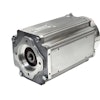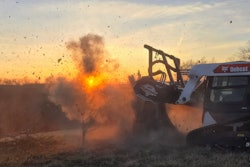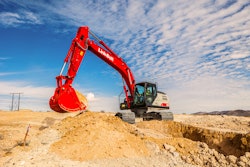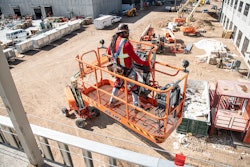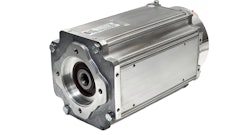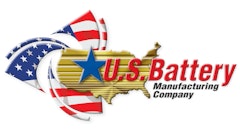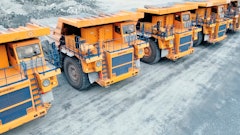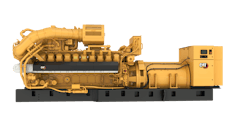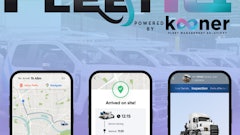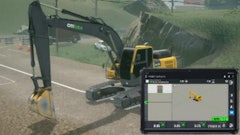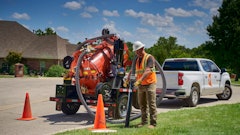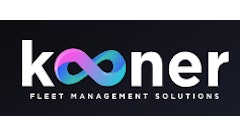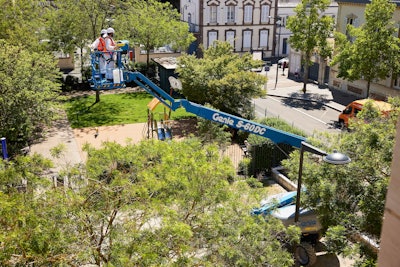
As technology evolves, new innovations help enhance safety, increase efficiency and improve sustainability, while growing profitability. However, with so many things happening all at once—from electrification and digitization to virtual reality (VR) and artificial intelligence (AI)—figuring out what technology can benefit a particular jobsite or task and how best to implement or use it, can be a challenge.
This article discusses how technology is evolving equipment and the industry—boom lifts, specifically—and what those changes mean for jobsites, equipment operators and equipment owners.
Power Options & Battery Technology
Electrification is one of the first things that comes to mind when talking about technology and innovations in construction equipment. That’s because, over the last decade, electrification has gone from niche to mainstream because:
- Technology has evolved
- Costs to implement electrification decreased
- Regulations have generated demand
When talking about power sources, equipment owners and operators have three main choices: diesel, electric and hybrid. Some telescopic and articulating boom lifts are available in all three categories.
Because there are only three options, the choices might sound simple. But there are some important nuances, particularly when it comes to electrification.
 Tracks on this diesel-powered boom lift allow operators to work in muddy ground or sensitive terrain. These have improved performance while reducing the number of parts by half, which lowers maintenance costs.Genie
Tracks on this diesel-powered boom lift allow operators to work in muddy ground or sensitive terrain. These have improved performance while reducing the number of parts by half, which lowers maintenance costs.Genie
Hybrid boom lifts offer the benefits of diesel-powered equipment and electric machines. They can work indoors in electric mode without noise or emissions. At the same time, they can get power from their diesel engine when needed.
This versatility makes hybrid machines popular on different types of jobsites, particularly because they can be brought onsite early in construction before power is available. They can also remain onsite and move indoors toward the final stages of construction.
Hybrid booms also provide cost savings by reducing fuel consumption. Some may use about 30% less fuel than diesel booms, which translates to about a 1-to-1 fuel savings ratio. This allows them to work a full, standard work week on a single tank of fuel. Often, hybrid technology also uses the power generated in hybrid mode to recharge the machine’s battery, which means jobsites don’t need to worry about charging infrastructure. An operator can run a boom lift in hybrid mode, charging the machine’s battery. In electric mode, booms can work a full, standard workday, without emissions or noise, on a single charge.
Finally, equipment owners and operators can choose a battery-electric machine. When implemented well, electric equipment provides all the power and performance of a diesel machine with the ability to work without noise or emissions. For equipment owners, electric machines typically also require less maintenance.
During the last decade, and the past few years specifically, battery technology has come a long way, and is continuing to evolve quickly. Partnerships are helping move the industry into the next frontier of battery technology and electrification faster.
 This boom lift’s hybrid system allows the machine to recover energy generated when braking or descending inclines, which is in turn used to recharge its batteries. It can work full workdays for an entire week on a single tank of fuel in hybrid mode or a full, standard workday in electric mode.Genie
This boom lift’s hybrid system allows the machine to recover energy generated when braking or descending inclines, which is in turn used to recharge its batteries. It can work full workdays for an entire week on a single tank of fuel in hybrid mode or a full, standard workday in electric mode.Genie
Right now, we’re in the “wild west” of battery certification and standards. For example, lithium-ion batteries, which have received a lot of press during the past few years, can be created using several distinct types of battery chemistries. Beyond the different chemistries, the batteries themselves can be comprised of different forms of cells, and those cells can be assembled in different ways. So, for example, while a cell might meet a particular standard, the battery pack may not.
So, the question is: How do you make sure you’re getting a safe, reliable, quality electric machine? One of the best ways is to ask questions from, or about, the manufacturer. Questions include:
- What kind of testing was performed on this battery?
- To what standards were the battery designed?
- Is the battery certified? And if so, by what organization, and what does that mean?
Some boom lift manufacturers ask those questions for you and perform research to ensure batteries in their equipment meet and exceed quality, performance and safety standards.
Telematics
Knowing when to schedule and perform predictive maintenance is currently one of the most common uses of telematics data. Fleet managers can use the data to schedule routine maintenance based on the number of hours a machine has been in use. This helps keep machines running effectively and can help prevent costly and disruptive downtime when a machine is on rent.
In the field, telematics can be used to read fault codes and troubleshoot machines remotely, if there is an issue on a jobsite. This can, in many cases, help get a machine up and running faster, which also helps reduce downtime that can put a project behind schedule.
Telematics also help with other operating factors including:
- Identify poor battery charging behaviors to optimize a machine’s battery health
- Provide notification of low fuel levels to prevent dry tank
- Monitor and report engine idle time, which costs money in fuel expenses but doesn’t contribute to productive activities
- Track engine particulates and adherence with regen cycles for Tier 5 engines
Telematics can also improve security on the jobsite. For example, some manufacturers add a mounted keypad that ensures that only authorized users can start up and operate a lift. This add-on security feature allows jobsites the ability, for example, to make sure only operators with proper training can run the equipment.
Safety
In addition to reducing maintenance and improving productivity and efficiency, technology also has enhanced safety on boom lifts and other equipment. Real-time CAN sensors help boom lifts monitor the full range of motion using technology including a digital load cell, boom length sensors and angle sensors. This makes it possible to stop the operator from extending the platform into an unstable condition.
Digital tilt sensors eliminate hands-on tilt sensor testing required with previous analog designs. These sensors will also automatically prevent certain lift and drive functions of the machine when the tilt activation setting is reached.
All of this is performed automatically by the machine’s control system. This way, operators can just focus on their work. Load sensors monitor the weight on the platform and on some machines will select the appropriate working envelope for that load.
The Jobsite of the Future: VR, Automation, Robotics & AI
While electrification and telematics could now be considered mainstream, we’re seeing other innovations emerging as the next frontier of technology. Currently, the industry is starting to contemplate what role technologies like VR, automation, AI and robotics might play in the jobsite of the future.
Of these four topics, VR is, arguably, the furthest along in its journey to adoption. VR training is an ideal way for operators to learn in a safe environment. Designed to complement classroom-based and hands-on training, VR allows operators to learn from mistakes made in a virtual world, enhancing safety in real-world applications.
Robotics, automation and AI have the potential to improve how we work in the future—robotics and automation, for example, could someday help address the shortage of skilled labor while enhancing safety for individuals who need to perform work at height. However, the industry is still in the early stages of exploring the potential of this technology.
This means that manufacturers must move fast enough to meet the industry’s needs for solutions that address the real-world requirements of jobsites and equipment owners. They also need to ensure that any solutions are first and foremost safe, but also that they are reliable and durable and that they add value. Again, this is where our industry can benefit from partnering with technology companies that work in these spaces.
The needs of jobsites have evolved rapidly during the past several years. These same jobsites are likely to look different just five to 10 years from now as technology evolves the way we live and work.
The challenge for manufacturers is making sure that they bring the right technology to customers at the right time. That means offering flexible solutions that recognize not every jobsite will be ready for the same technology at the same time. It also means taking the time to make sure technology is implemented in the right way, so that it offers a safe, reliable value-added solution.

